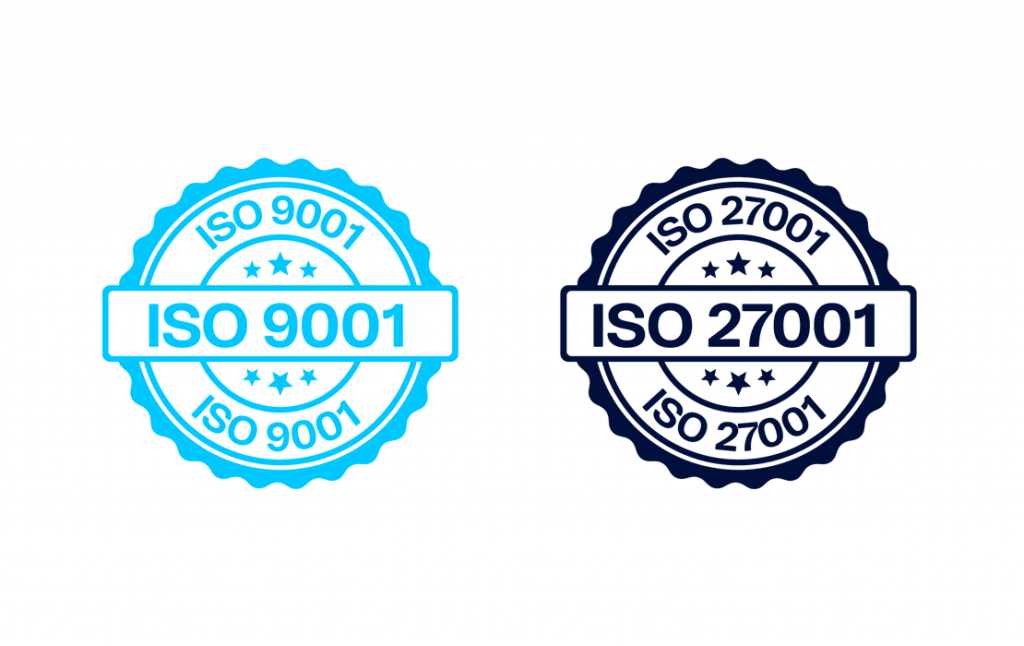The IoT is revolutionizing industries across the globe. The application of predictive analytics to machines, vehicles and robots is increasing uptime, eradicating unnecessary servicing visits and improving efficiency. Predictive maintenance is just one example of how businesses are using connected devices and real-time data to optimize operations, reduce costs and improve safety.
But the possibilities extend far beyond predictive maintenance. Discover how IoT is transforming various industries by exploring our collection of IoT use cases across transport & logistics, manufacturing, smart cities and utilities. See how businesses are utilizing connected technology to achieve real world results.
Predictive maintenance IoT describes how information and data is collected from assets from which insights into necessary maintenance can be gathered. This allows a machine to have components replaced before they break and for uptime to be maximized. A mining machine, for example, might need bearings replaced and sensors, powered by IoT, in the machine can gather data points such as noise, temperature or vibration that indicate a component is starting to fail.
By regularly communicating insights such as these and utilizing artificial intelligence and algorithms, the machine’s maintenance needs can be predicted, with maintenance scheduled for less busy times and machine failure needing more expensive and longer repair eliminated. The greater the value of the machine and the profitability of the process it enables, the greater the importance of predictive maintenance.
$5.5 billion
>$100,000/hr
20.9 million
Predictive maintenance solutions can demonstrate impressive ROI with critical unplanned outages in industries such as oil and gas or metals costing as much as US$125,000 per hour. A predictive maintenance investment can provide a return with the first correct prediction when all the productivity-impacting aspects of avoided machine downtime are taken into account.
There are three key types of Industrial IoT predictive maintenance: indirect failure predictions, anomaly detection and remaining useful life prediction. Indirect failure prediction relies on complex data analysis to form conclusions based on analysis of historical data alongside the latest insights. Anomaly detection identifies unusual patterns but provides little insight into when components may fail. Remaining useful life provides a timeframe for component failure but demands additional resources such as readings from many sensors to create an accurate picture.
These capabilities offer a blend of insight depth and accuracy that is offset by the amount of data collected, the number of sensors utilized and the scale of the analysis task to get to accurate insights. In addition, IoT is an enabler for a digital twin to simplify monitoring.
Predictive maintenance is an imperfect science and one of the most common challenges is eradicating false positives. For example, if a system identifies and anomaly such as increased noise from a machine in a manufacturing environment, an engineer may find nothing wrong when they attend the machine. These false alarms create unnecessary cost and weaken trust in predictive maintenance.
This is why predictive maintenance using IoT takes insights from multiple sources such as noise, temperature and vibration sensors alongside highly granular historical data to identify likely maintenance requirements. Simple tasks such as requirements to refill lubricant or fuel tanks can be readily identified by simple liquid level sensors while more complex issues such as identifying whether a component is sufficiently worn to merit replacement demands greater insight from multiple sources of information.
IoT predictive maintenance enables a series of benefits:
From mining machines in remote locations to wireless devices in factories, connectivity is the enabler of data transmission that feeds predictive analytics systems. Remote assets may require satellite connectivity while localized assets on campuses can be well-served by low power wide area networks such as NB-IoT, for example. In between these extremes are mobile assets, vehicles and machines that are well-served by cellular network options, such as 4G and 5G.
The multiple variants of LTE offer 4G solutions that provide a blend of throughput, resilience and ubiquity. While 5G offers greater speed, its drawback is that networks are not fully rolled out yet so a blend of 4G and 5G is required. Many predictive analytics use cases also have no need of the high-end performance characteristics of 5G, with LTE more than sufficient to communicate operating data at the required times.
Telenor offers access to a range of connectivity technologies from 4G LTE and 5G cellular networks to low power wide area (LPWA) options like NB-IoT and LTE-M. We provide the foundation for scalable, reliable and transformative IoT deployments.
With Telenor IoT Connect you get access to a local mobile network or to more than 500 networks across the world with only one point of contact. IoT Connect is available in different versions, ranging from more basic versions suitable for connecting just a few devices, to customized managed IoT connectivity solutions with all the tools and dedicated IoT expert support needed to connect millions of devices. Wherever your products go, our Managed IoT Connectivity services provide you access to the best quality cellular connection based on availability and the needs of your use case.
You can explore more on the IoT case studies for the manufacturing industry or download Telenor´s Customer Cases booklet.
Ready to simplify your IoT deployment? Talk to our connectivity experts!


